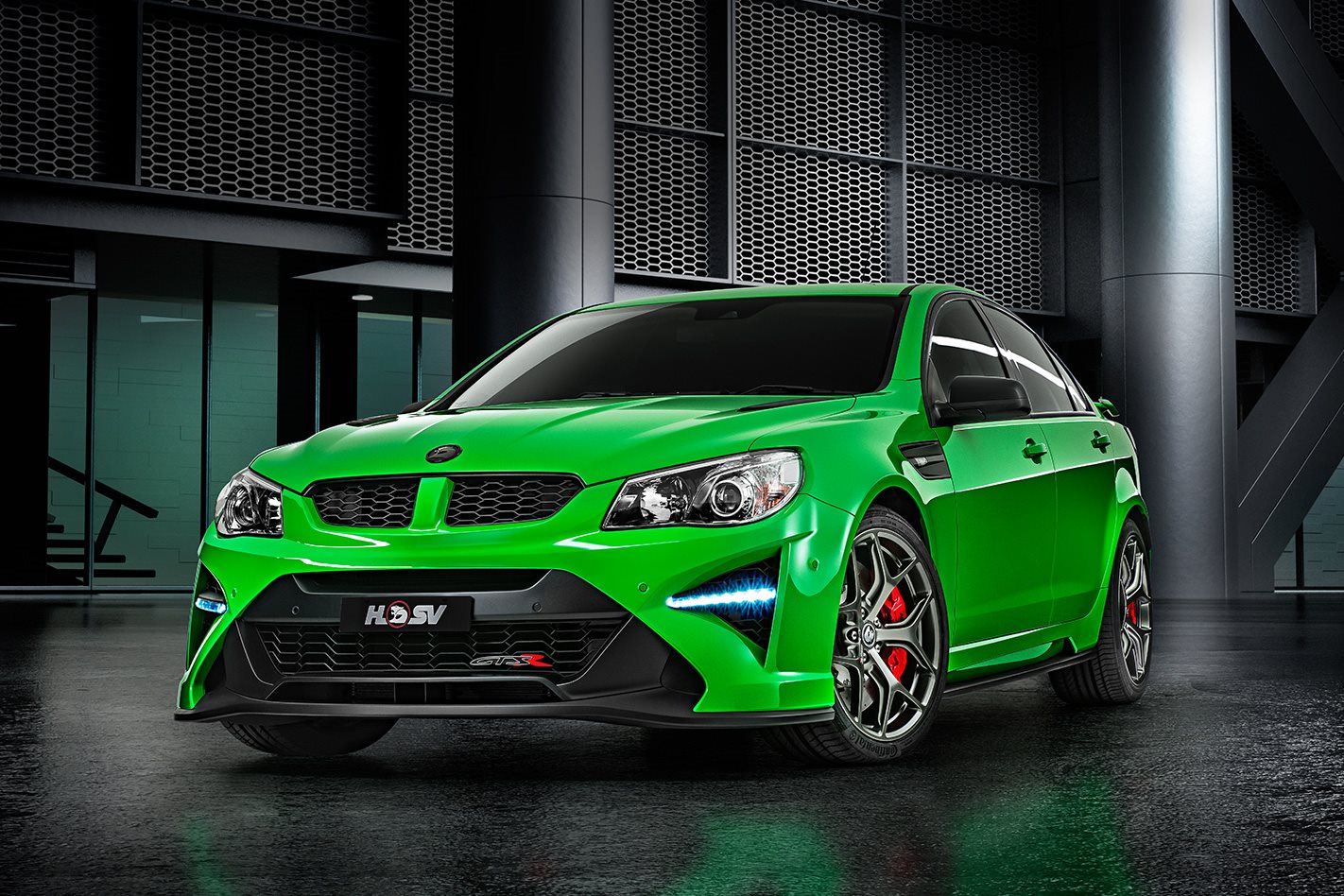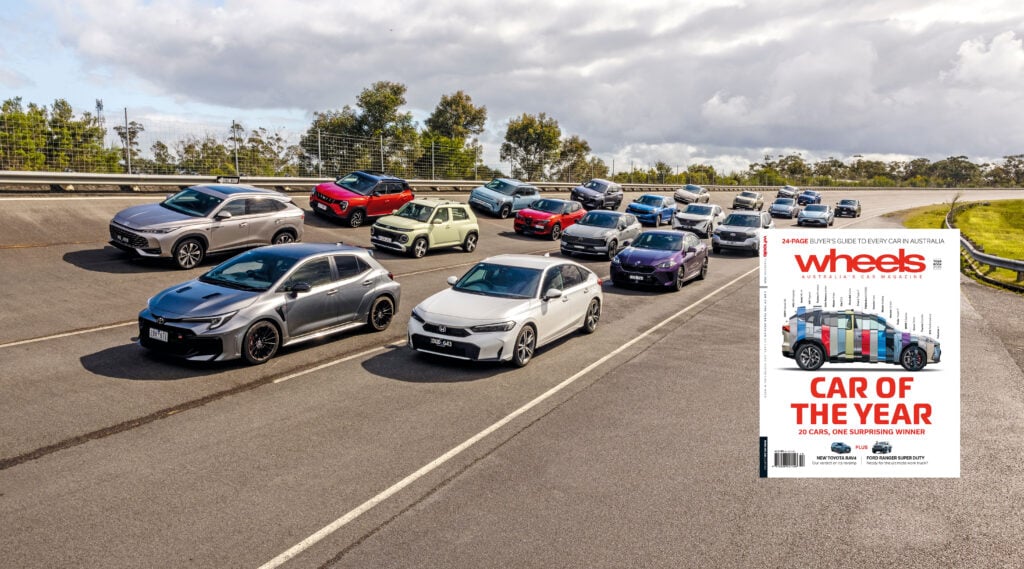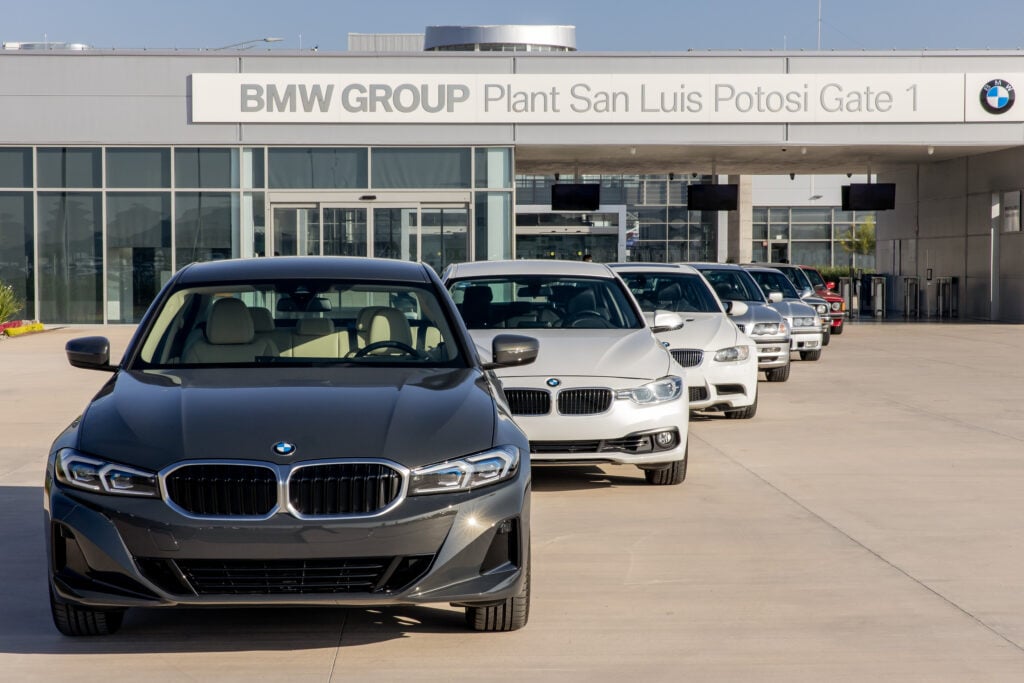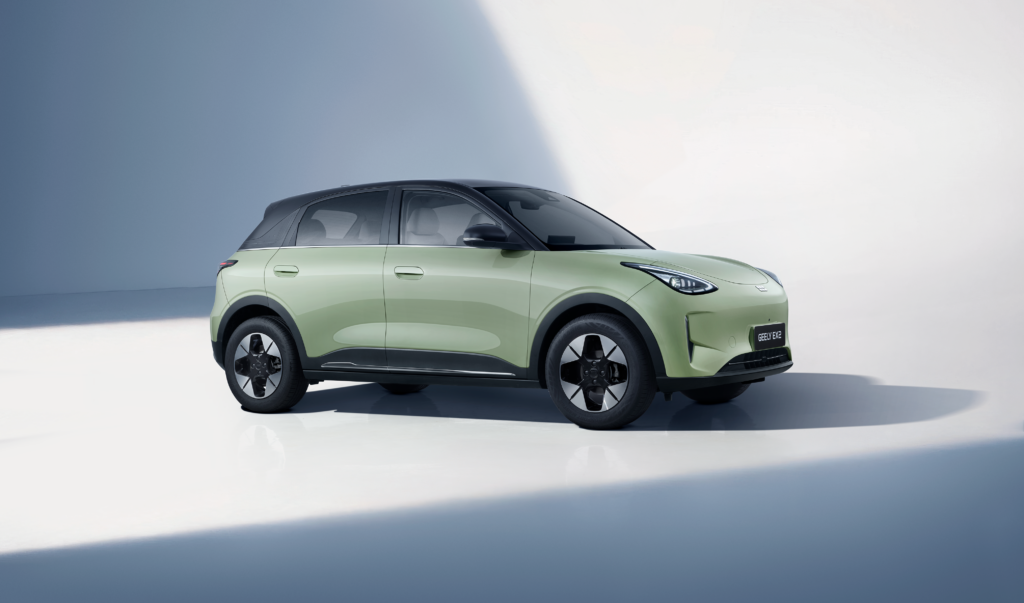WHEN it was unveiled at the 1995 Sydney Motor Show the GTS-R was the wildest car to date developed by the then-fledgling HSV.
A race-inspired rear wing, yellow seats, three-spoke alloy wheels and carbonfibre trim details on the wheels, wing, front bumper and side skirts cemented it as a head-turner and a muscle car classic.
With an optional blueprinted version of the 5.7-litre ‘stroker’ V8 it was also the most powerful Australian muscle car of its day, with about 230kW, up from 215kW in the standard HSV GTS.
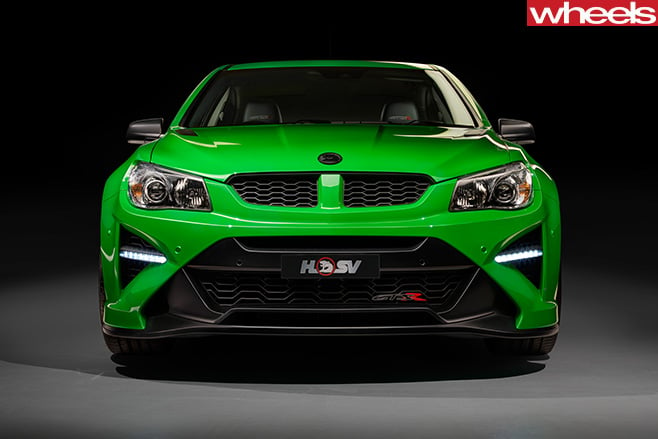
The $75,000 asking price was steep at the time (even steeper once you added $10,000 for the optional blueprinted motor, which saw the 5.7 stripped down, all components optimised, and then rebuilt).
But translated into today’s money it’s about $123,000, so is a relative bargain next to the $169,990 GTSR W1.
That buyers have since sold the car for double its original money bodes well for would-be buyers of the GTSR W1.
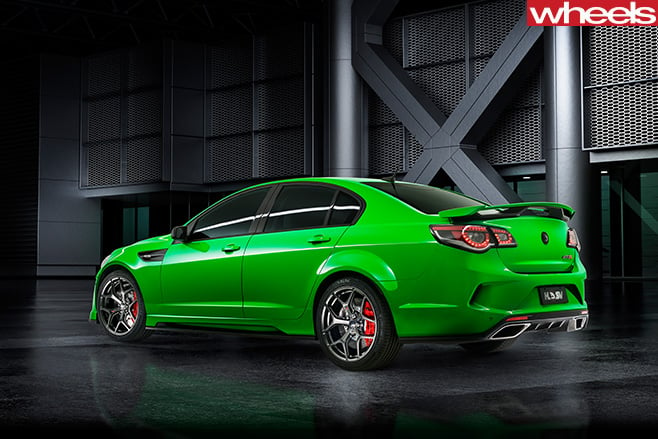
Whereas the original GTS-R used the same 5.7-litre engine as the GTS of its day – albeit with the option to up the power through the blueprint optimisation – the modern W1 gets a bespoke engine.
Its LS9 6.2-litre supercharged V8 pulls much harder in the middle revs and keeps powering on all the way to its 6600rpm redline.
About the only area the modern GTSR W1 loses to its 20-year-older stablemate is in kerb weight. At 1895kg it’s 275kg heavier. Blame that on the VF Series II Commodore’s bigger body and the industry’s increased focus on safety, which means a stronger structure and more airbags (the original GTS-R had one airbag, the W1 one has six).
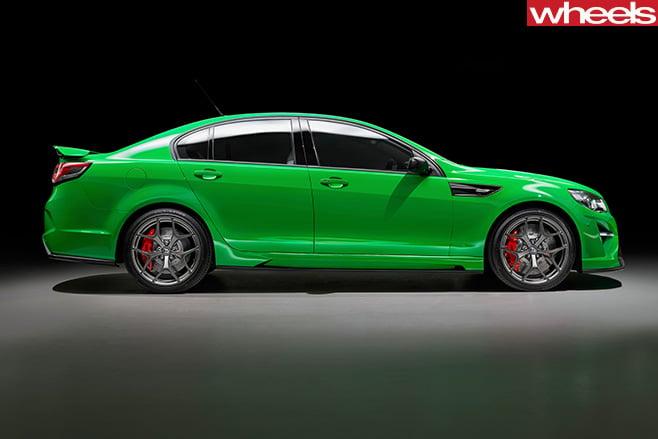
Despite the shared nomenclature there are distinct differences between the two in their design philosophies.
The original was designed by Ian Callum, a former Aston Martin designer and the man now in charge of Jaguar design.
The modern GTSR is a product of HSV design chief Julian Quincey. He said the performance car game has moved on enormously in two decades.
“We felt that today’s customer of performance cars is a little bit more discreet than perhaps one that would have been around maybe 20 years ago,” said Quincey.
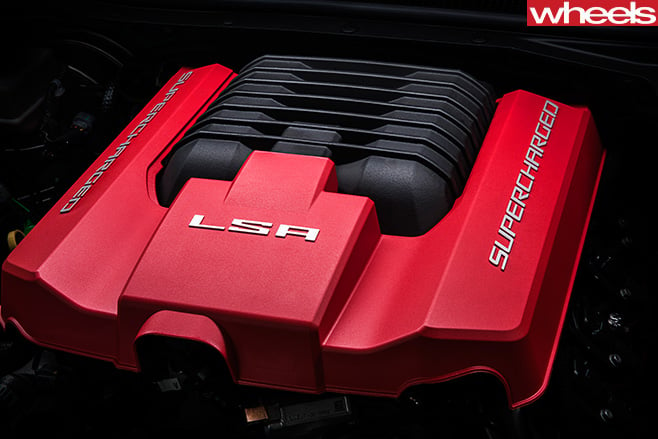
“At this price point you’re actually after quite a sophisticated clientele. They’re buying into quite a nice vehicle … they’re obviously enthusiasts. They’re not necessarily going to be looking for big shakers on the hood, that’s something that belongs in the past.”
That said, HSV debated creating a modern version of the 1995/1996 GTS-R’s towering wing.
“The deck lid spoiler, we thought long and hard about,” said Quincey. “GTS-R’s got probably the biggest one in modern history. I think 20 years on that’s probably not appropriate for road-going vehicles.
“Spoilers these days have got smaller by the year. We felt this was not appropriate to put on something huge, something enormous, something that wasn’t going to function any better than something this size.”
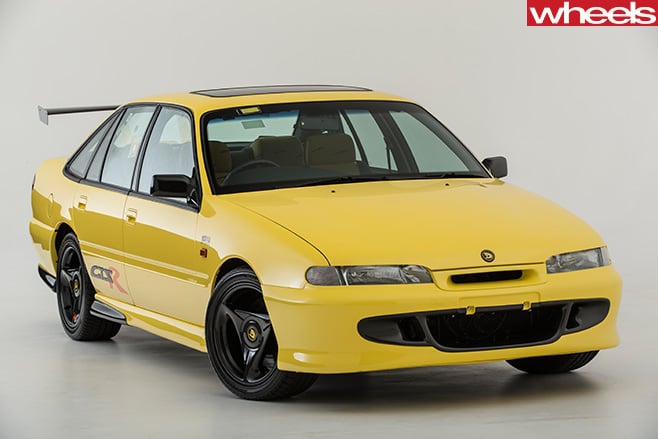
Quincey says the new GTSR W1 will also stand out, but in a different way.
“In traffic, from a long way away you’ll be able to spot that this isn’t just any other Commodore or any other HSV.”
As for colours, it’s available in many, both subtle and bold, including the new lairy Spitfire Green or the more subdued Son of a Gun gunmetal grey.
As for the taxi yellow, or XU3 Yellah, it was discussed internally but ruled out.
“We don’t have a yellow colour … we have discussed it, we looked at lots of different options,” said HSV managing director Tim Jackson.
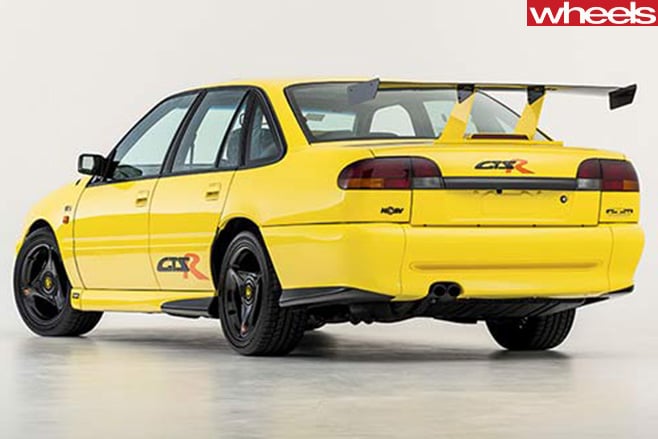
“The cost of implementing that yellow is just cost prohibitive. We have worked at could we look at a local paint supplier or a paint group to do it. It proved very difficult and there were a whole bunch of discussions about warranty.”
Now, for the fun stuff. For an idea of how far the car industry and HSV have progressed in 20 years, here are the key specifications and differences between that original GTS-R and the new GTSR W1.
| Price | $75,000 ($10,000 for blueprinted engine) | $169,990 |
| Years produced | 1995-1996 | 2017 |
| Number built | 85 | 300 |
| Engine | 5.7-litre V8 | 6.2-litre supercharged V8 |
| Power | 215kW at 4800rpm (230kW blueprinted) | 474kW at 6500rpm |
| Torque | 475Nm at 3600rpm (507Nm blueprinted) | 815Nm at 3900rpm |
| Gearbox | Tremec T56 6-speed manual | TR6060 6-speed manual |
| Speed 1st gear | 70km/h | 98.5km/h |
| Engine cutout | 5700rpm | 6600rpm |
| 0-100km/h | 6.6 seconds | 4.2 seconds |
| 0-400m | 14.8 seconds | 12.1 seconds |
| Weight | 1620kg | 1895kg |
| Fuel use | 14.9L/100km (Wheels test) | 16.5L/100km (government test) |
| Wheels | 17-inch 3-spoke cast alloys | 20-inch 5/10-spoke forged alloys |
| Wheel size | 17 x 8.0-inch (front and rear) | 20 x 9.0-inch (f), 20 x 10.0-inch (r) |
| Tyre type | Bridgestone Expedia S-01 | Pirelli P Zero Tropheo R Track |
| Tyres (front) | 235/45 ZR17 | 265/35 R20 |
| Tyres (rear) | 235/45 ZR17 | 295/30 R20 |
| Brakes (front) | 2-piston 328mm discs | 6-piston 410mm discs |
| Brakes (rear) | 1-piston 280mm discs | 4-piston 372mm discs |
| Rear traction | Hydratrak limited slip diff | Electronic torque vectoring |

